By Robin Glover
The Run for Resilience Ostomy 5k is set to return for its eighth year beginning on Ostomy Awareness Day, October 1, 2022. This year’s event will feature both in-person races around the U.S. and the worldwide Virtual Ostomy 5k. Individuals and teams will be running, rolling, or walking to raise money and show their support for the critical programs and services of United Ostomy Associations of America (UOAA).
Ostomies Are Life-Savers
No matter their story, there are two things all ostomates have in common: incredible resilience and a life saved or much improved by ostomy or continent diversion surgery. The Run for Resilience 5k is a celebration of that. And while every participant can get a run t-shirt with “Ostomies are Life-Savers” emblazoned on the front, each of them have their own stories and reasons why.
For Sydney, a 23-year-old living with an ileostomy, she’s participating and fundraising for the Virtual Ostomy 5k to share the story of how ostomy surgery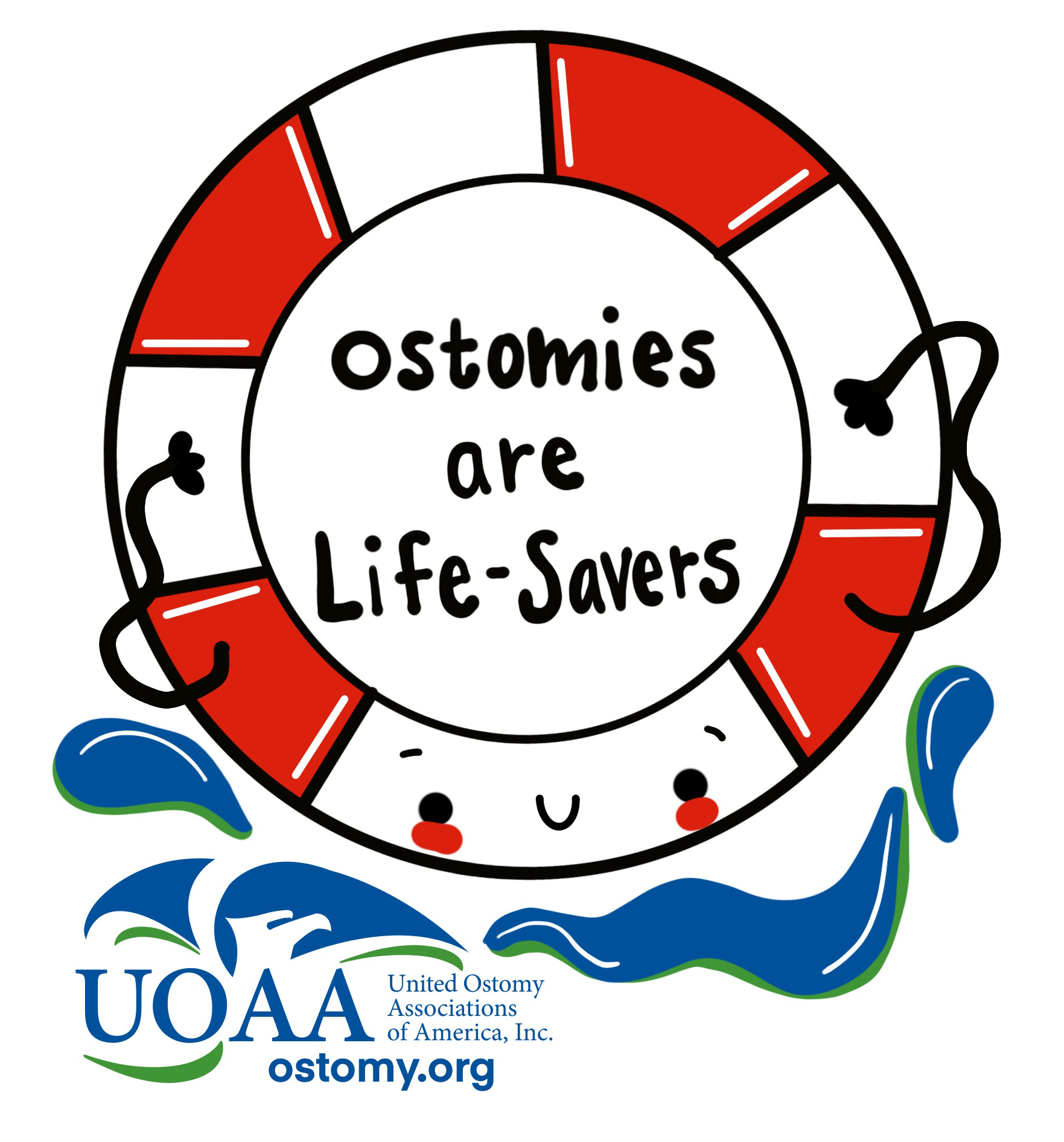 saved her life. She also wants to serve as an inspiration to other young people facing similar challenges and let them know they can “live the life they want because of the ostomy bag” and not in spite of it. Sydney exemplifies the resilience of the ostomy community.
saved her life. She also wants to serve as an inspiration to other young people facing similar challenges and let them know they can “live the life they want because of the ostomy bag” and not in spite of it. Sydney exemplifies the resilience of the ostomy community.
Liz exemplifies that resilience, too. A month and a half after being diagnosed with bladder cancer, she underwent a radical cystectomy (bladder removal) with a total hysterectomy and stoma placement. Liz is now an advocate who wants everyone to know that her urostomy saved her life. She and a fellow UOAA Support Group leader are hosting a Virtual 5k walk in Cincinnati because “we are living proof that ostomies are lifesavers and that you can have a fulfilling life with an ostomy.”
The need for an ostomy or other continent diversion isn’t always directly due to a medical condition. Stefphanie was hit by a drunk driver and underwent eleven surgeries in the two weeks following the crash and required both an ileostomy and a mucous fistula. Though hesitant to talk about it at first, she’s now thriving and wants to share her story to inspire others.
If you don’t want to run or walk yourself, consider shining a light on this resilience by supporting the fundraisers of people like these.
In Person Events Are Back This Year!
In addition to the Virtual Ostomy 5k which can be held anywhere by anyone, in-person Run for Resilience 5k events are back this year!
These events are family-friendly gatherings and a chance to share ostomy awareness in communities all around the country. Most events take place on beautiful parkland or waterfront trails. They also all feature an opportunity to visit with ostomy product representatives in person and visit other event sponsor tables. Race participants will also receive a goodie bag with promotional items and educational materials.
Don’t worry if you are not in running shape – do what you can. Walkers outnumber runners at many of these in-person fun runs. More serious runners looking for an event to attend however may want to travel to the Durham, North Carolina Run for Resilience Ostomy 5k as it takes place on a timed and certified 5k course.
Past participant Lianne Weller shared what makes these events special, “The 5k race allows other ostomates to build confidence and breakdown barriers to getting back into physical shape; going one step closer to their goal. I feel more confident and less self-conscious because I’m surrounded by individuals who have all gone through similar obstacles.”
As envisioned by the 5k founders, all locations will get an optional ostomy pouch provided by Exclusive Diamond Sponsor Hollister. Non-ostomates are encouraged to wear their ostomy pouches during the race. (Don’t worry. They’re easy to put on.)
The Arizona Run for Resilience Arizona 5k will have a great new location in Scottsdale on October 1st, 2022, with a 5k run/walk and a fun run for the kids.
The newest in-person event is the Miami, Florida Ostomy 5k taking place at the University of Miami Campus in Coral Gables on Saturday, October 1st, 2022, from 9:00 am to 3:00 pm. Organizer Ana Restrepo says the event will include food, drinks, games, giveaways, and more.
Other in-person Run for Resilience 5k events being held across the country in celebration of Ostomy Awareness Day on Saturday, October 1, 2022 are:
Birmingham, AL (October 8th)
(Please follow each individual link to get more information about times and types of races.)
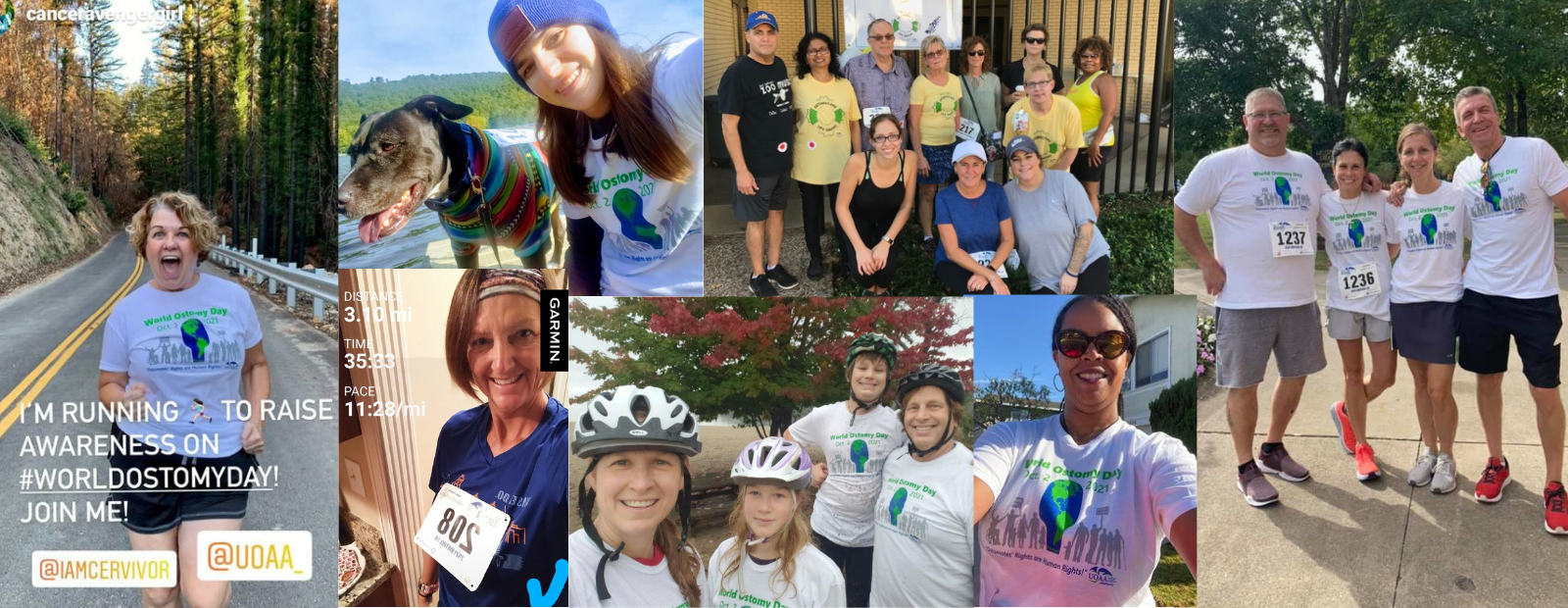
“I Intend to Be Victorious”
For every person living with an ostomy or other continent diversion, there’s a story of resilience to go along with it. A virtual participant who goes by Poo and Friends, is working to take their life back one step at a time and they “intend to be victorious.”
You can learn more about other participants of each race location or the worldwide virtual by clicking on the circle above their name and reading their story.
Don’t forget to click “Load More Fundraisers” to see them all, including Tanya who’s one of the many wonderful Certified Wound Ostomy Nurses (CWON) and Wound Ostomy Care Nurses (WOCN) taking part in the 2022 Run for Resilience Ostomy 5k.
Share Your Story Too
Are you someone who wants to help break the stigma around ostomies and be an inspiration to others? You’re encouraged to sign up, create your own fundraiser, and share your story. After all, the story of your journey can be what helps someone else make it through theirs.
To participate in the Virtual Ostomy 5k and get this year’s awesome Ostomies Are Lifesavers T-shirt in time for Ostomy Awareness Day you have to register by September 9th.
- Run, walk, roll or pedal a 5k (3.1 miles) route of your choice. You can even use a treadmill!
- Take pictures of yourself during your race and email them to info@ostomy.org or message or tag UOAA on Facebook, Instagram, Twitter, LinkedIn or TikTok
- Hashtag your photos with #OstomiesAreLifesavers and #RunforResilience
Friends, family, members of the medical community, and anyone else who wants to support ostomates and celebrate their resilience are also encouraged to donate or create their own fundraiser. Fundraisers will receive special promotional items depending on how much they raise.
Help Support UOAA
Funds raised during the 2022 Run for Resilience Ostomy 5k will support United Ostomy Associations of America (UOAA), a 501(c)(3) nonprofit organization that provides national advocacy, support and resources for the 725,000 to 1 million Americans who have had or will have ostomy or continent diversion surgery. These surgeries are lifesaving and have allowed many people to return to living a healthy life.
To find out more about the Run for Resilience Ostomy 5k please visit www.ostomy.org/5k.
Robin Glover is a writer based in the Houston area. He has a permanent ostomy after being diagnosed with Crohn’s Disease in 2017.

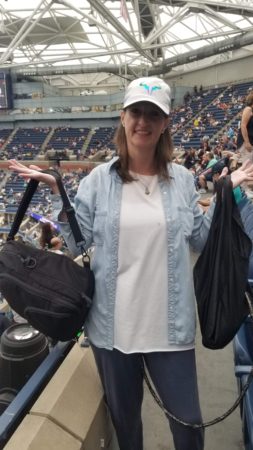
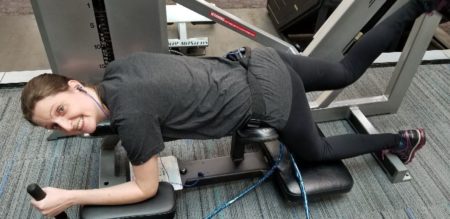
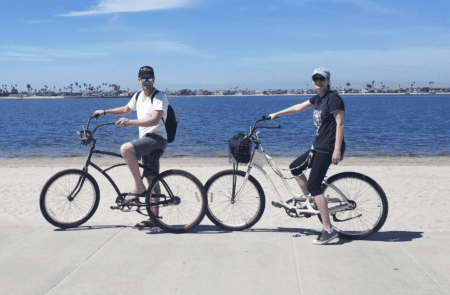

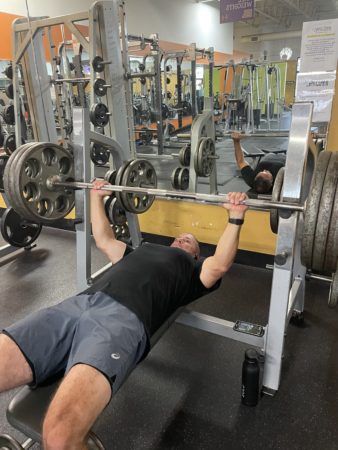 First off, I accepted the fact early on that I was going to have an ileostomy for the rest of my life because it was a decision I made for a better quality of life. After accepting it, I could focus on moving forward versus dwelling on the “how’s” and “why’s” with ulcerative colitis.
First off, I accepted the fact early on that I was going to have an ileostomy for the rest of my life because it was a decision I made for a better quality of life. After accepting it, I could focus on moving forward versus dwelling on the “how’s” and “why’s” with ulcerative colitis.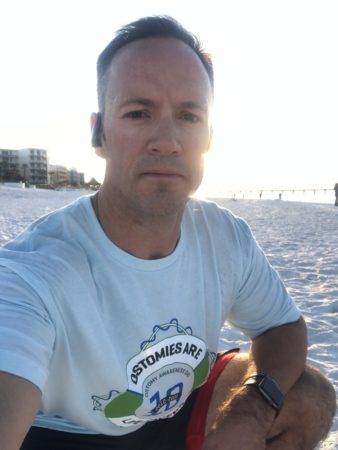

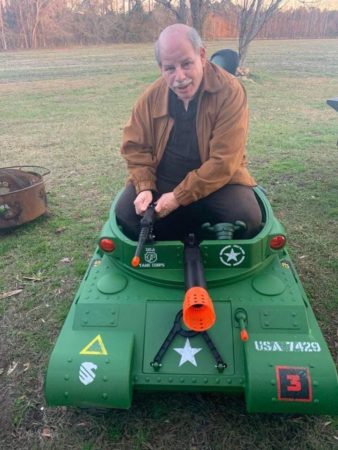
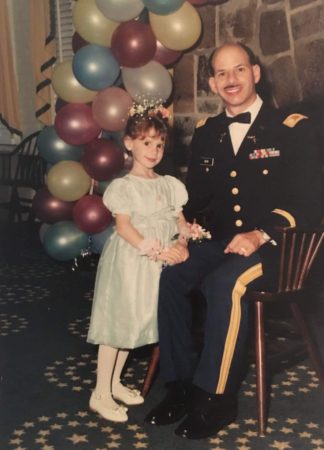 pantyliners in my underwear. When I retired from active duty in August 1996, I immediately started my second career as an Army JROTC Instructor in Bennettsville SC. I continued to go to the bathroom quite frequently and in the spring of the following year my daughter, who was six at the time, wanted me to play horsey with her and take her around the block. I bent down half in tears and told her that “daddy can’t play horsey because he is too sore on his bottom”. I immediately went to talk to my wife and we both agreed it was time to get back to having an ostomy bag. That summer at the Columbia SC Veterans Administration hospital, I had my third surgery to restore my ostomy due to my poor quality of life with the J Pouch. On the positive side, since I’ve had an external pouch, the veteran’s administration awarded me 100% total and permanent disability. I spent the next 23 years as an Army JROTC Instructor.
pantyliners in my underwear. When I retired from active duty in August 1996, I immediately started my second career as an Army JROTC Instructor in Bennettsville SC. I continued to go to the bathroom quite frequently and in the spring of the following year my daughter, who was six at the time, wanted me to play horsey with her and take her around the block. I bent down half in tears and told her that “daddy can’t play horsey because he is too sore on his bottom”. I immediately went to talk to my wife and we both agreed it was time to get back to having an ostomy bag. That summer at the Columbia SC Veterans Administration hospital, I had my third surgery to restore my ostomy due to my poor quality of life with the J Pouch. On the positive side, since I’ve had an external pouch, the veteran’s administration awarded me 100% total and permanent disability. I spent the next 23 years as an Army JROTC Instructor.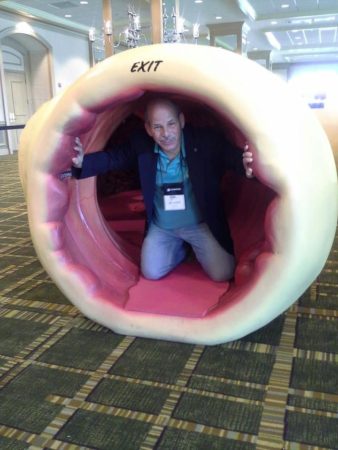
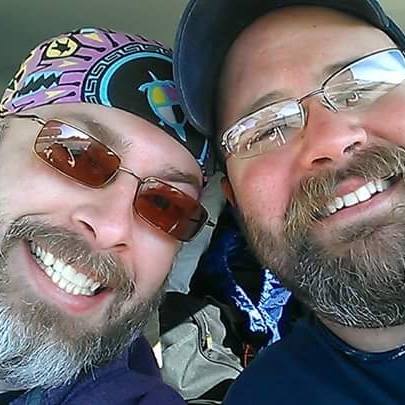
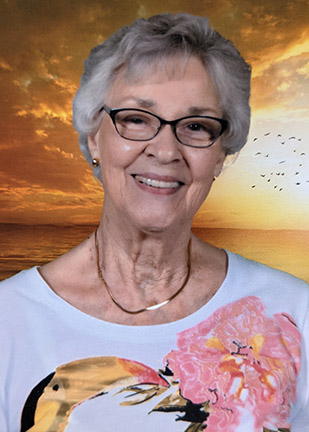
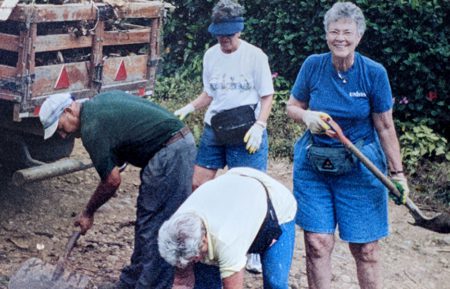
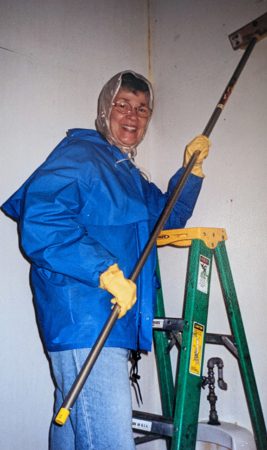
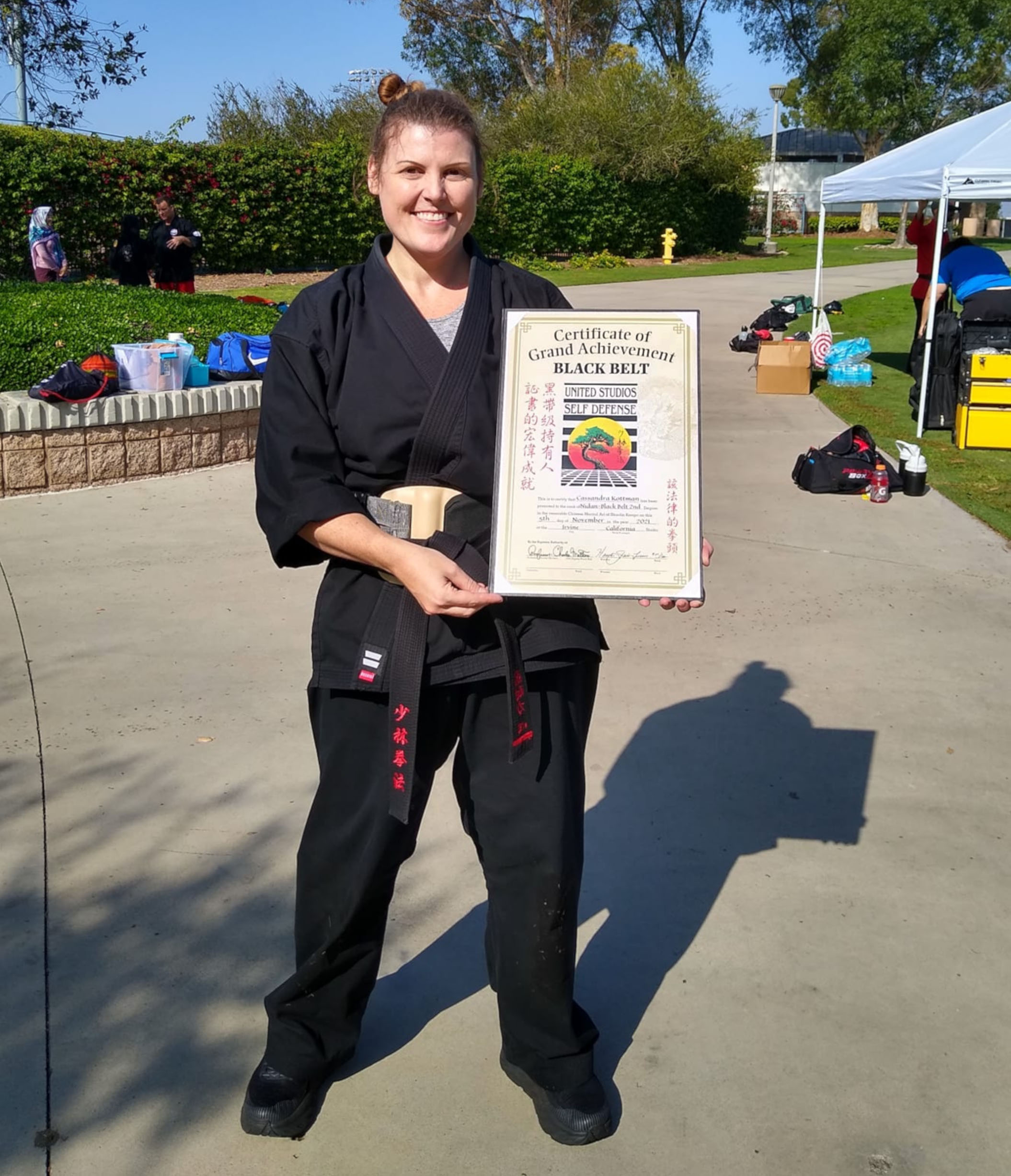
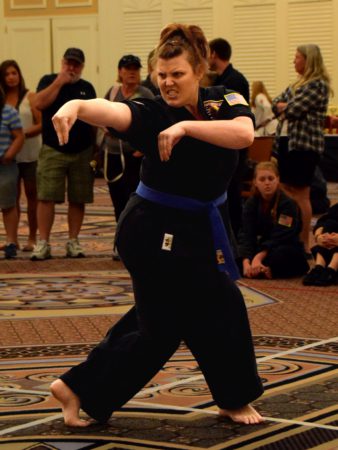 Because of the trauma I had gone through and my passion to continue training, I was inducted into the U.S. Martial Arts Hall of Fame as 2017’s Woman of the Year. Happy to say I am the first ostomate to ever be inducted. It’s a little weird to say, but I actually inspired myself, knowing everything I had gone through, and that I pushed myself to be my best. So, I continued to push my training to where I was able to train 3-4 hours 5 times a week. In 2018, I was invited to perform for the Abbot and test for my black belt at the Shaolin Temple in Dengfeng, China, which was a tremendous honor.
Because of the trauma I had gone through and my passion to continue training, I was inducted into the U.S. Martial Arts Hall of Fame as 2017’s Woman of the Year. Happy to say I am the first ostomate to ever be inducted. It’s a little weird to say, but I actually inspired myself, knowing everything I had gone through, and that I pushed myself to be my best. So, I continued to push my training to where I was able to train 3-4 hours 5 times a week. In 2018, I was invited to perform for the Abbot and test for my black belt at the Shaolin Temple in Dengfeng, China, which was a tremendous honor.
